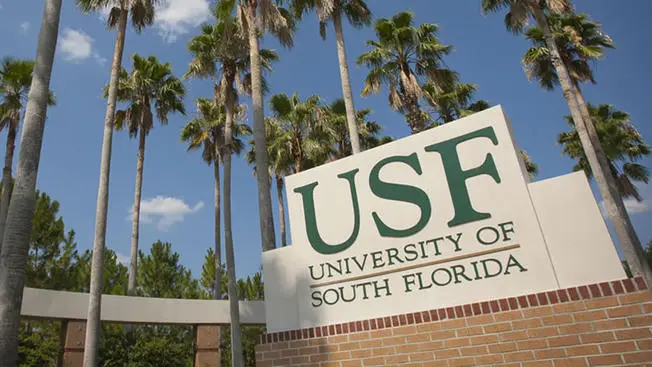Twenty Universities across the United States are joining an initiative to diversify STEM faculty and promote the use of inclusive teaching practices.
The Aspire: The National Alliance for Inclusive & Diverse STEM Faculty initiative lead by Association of Public and Land-grant Universities (APLU) and a center at the University of Wisconsin-Madison will provide participating universities with comprehensive support and resources for institutional change.
Funded by the National Science Foundation, the initiative will help universities prepare, attract, and retain underrepresented STEM faculty by identifying and implementing the best practices
“Increasing diversity, equity, and inclusion within a project aimed at catalyzing large-scale innovation and change is extremely difficult – which is why we’re thrilled to announce a new cohort of institutions committed to working collaboratively to do,” said Travis York, APLU’s Assistant Vice President, Academic and Student Affairs.
The initiative will also work on attracting more students from various racial and ethnical groups including those with disabilities, and from low socioeconomic backgrounds into STEM college programs.
Participating schools will begin with a self-assessment of current strengths and opportunities followed by the development and implementation of campus action plans to drive change and scale efforts across all of their STEM programs.
“If we are going to envision broader participation of underrepresented groups in engineering, computer science, and scientific disciplines, it is critical that students have faculty role models who they can relate to and emulate,” said Jóse Zayas-Castro, professor at University of South Florida, one of the participating schools.
A recent study conducted by the University of Kentucky College of Education researchers had found that schools granting degrees up to the doctoral level are the least likely to have diversity among their faculty members. It found that only 4.6 percent of tenured faculty at such schools are Hispanic, and only 4.05 percent are African American.
Growth of Faculty Diversity Happening Slowly in U.S. Colleges

